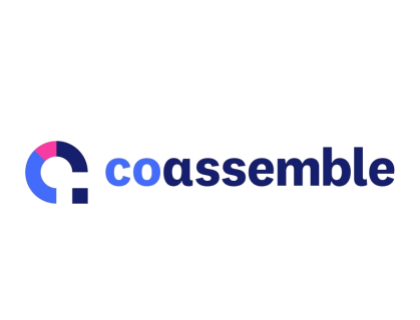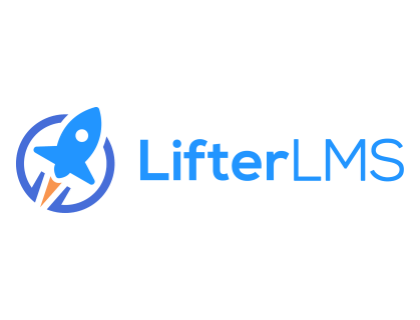coassemble
Learn about coassemble's Learning Management Software. Includes info on coassemble, free trials, pricing, and FAQs.
Updated on December 1st, 2023
The SMB Guide is reader-supported. When you buy through links on our site, we may earn an affiliate commission. Learn more
coassemble is a learning management software that offers a user-friendly learning management system, blended learning and easy course creation options, among other features.
Also Consider
LifterLMS
Try Lifter for 30 days for just $1.
Learn MoreFor WordPress.
Easy to install.
Creates a functioning LMS membership site.
Pricing:
Coassemble does not provide pricing information online. Contact the sales team for more info. The site does provide a free demo that you can test out online.

Review:
Pros: Great integration with Salesforce, Google, Microsft Office, and MailChimp.
Cons: No built-in e-commerce functionality.
Bottomline: eCoach is an excellent learning management software.
Key Information:
Legal Name | Coassemble |
Founder | |
Founding Date | Jan 01, 2015 |
Address | 180 King St., Newcastle, NSW 2300 Australia |
Number of Employees | 34 |
Number of Customers | 300 |
Website |
FAQs:
How much does coassemble cost?
Coassemble does not provide pricing information online. Contact the sales team for more info.
What are the benefits of using coassemble?
- Reduces learning and development costs at your business.
- Provides easy access to coassemble's e-learning materials.
- Detailed tracking of your employee's progress and performance.
- All e-learning content is organized in one location.
Is there a coassemble free trial?
coassemble offers a fully-featured free trial of its software.
Does coassemble use generic templates?
No, coassemble has over 40 customizable, interactive drag-and-drop templates that you can edit to match your organization's brand.
What tracking capabilities does coassemble have?
- Course-specific productivity.
- Student results.
- Campus usage.
- Time to complete.
- Completion rate data.

